How to Build a Small House Kit: Choosing a Foundation
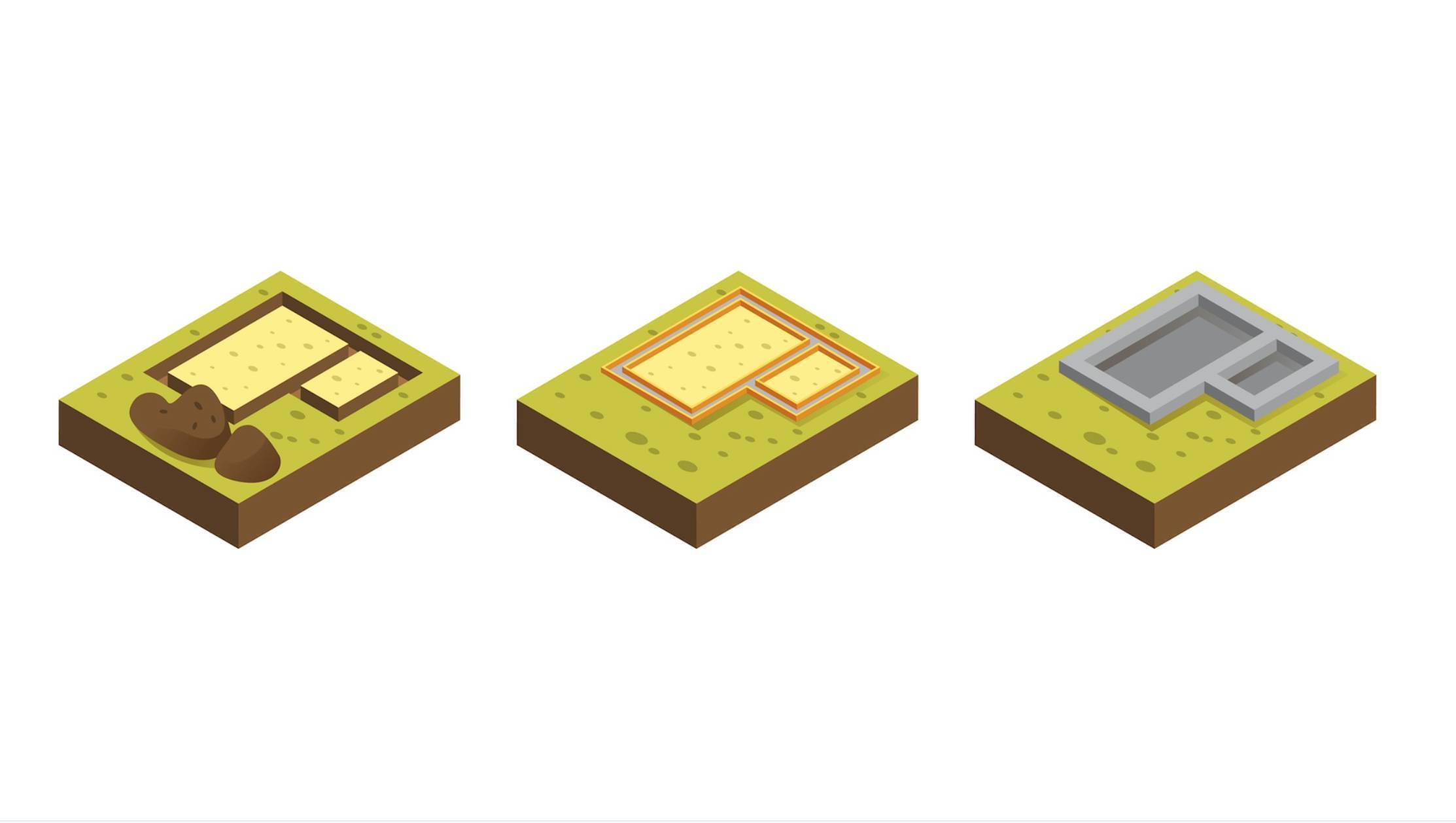

After you’ve chosen land for your new small house kit and taken care of utility hookups, your next step in the process of building a small home is deciding which type of foundation it will have. This is one of the most important decisions you’ll make during the construction of your house kit. While the costs of different foundation types typically play a big role in your decision, you should also consider these questions when choosing a foundation for your new kit home:
Questions to Ask About Home Foundations
- Is the area subject to freezing?
- What is the slope of the lot?
- What is the risk of flooding or poor drainage?
- Do temperatures drop below freezing for extended periods?
- Is there a risk of tornadoes or other severe weather?
- Do I need ample storage or additional living space?
- What is my budget?
After you answer these questions, use the information below to help narrow your foundation choices. As you’ll see, some foundation types may be a better option for your new small house kit, based on how they deal with your land conditions and other unique needs. A warning that your costs for each foundation type can vary greatly based on the region where you build your house kit and other factors, such as available labor. Here are four types of home foundations you can choose for your small home kit, listed from least expensive to most expensive:
5 Types of House Kit Foundations
- Monolithic Slab Foundation
- Stem Wall Slab Foundation
- Pier and Beam Foundation
- Crawl Space Foundation
- Basement Foundation
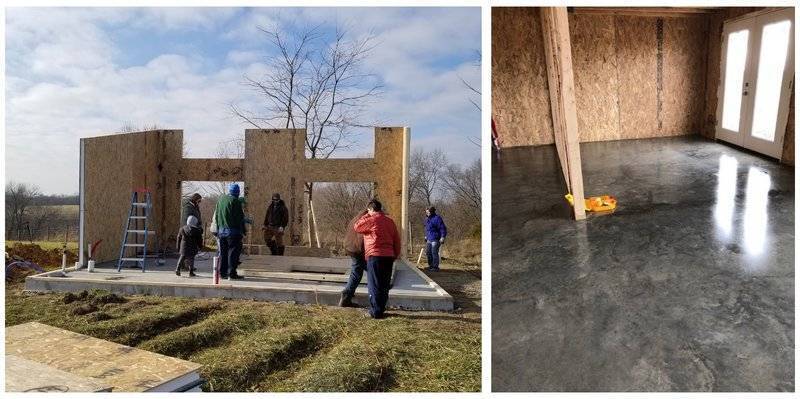
Monolithic Slab Foundation - $ |
|
|---|---|
| Pros | Cons |
|
|
|
Average Cost Nationwide: About $10,000 Cost per square foot: $5-$7 |
|
Stem Wall Slab Foundation - $ |
|
|---|---|
| Pros | Cons |
|
|
|
Average Cost Nationwide: About $12,000 Cost per square foot: $8-$10 |
|
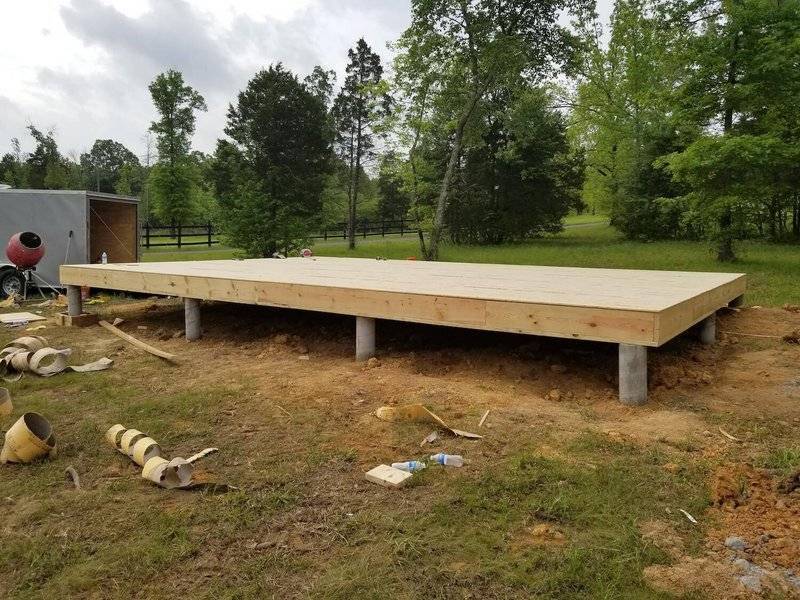
Pier and Beam Foundation - $$ |
|
|---|---|
| Pros | Cons |
|
|
|
Average Cost Nationwide: About $11,000 Cost per square foot: $7-$13 |
|
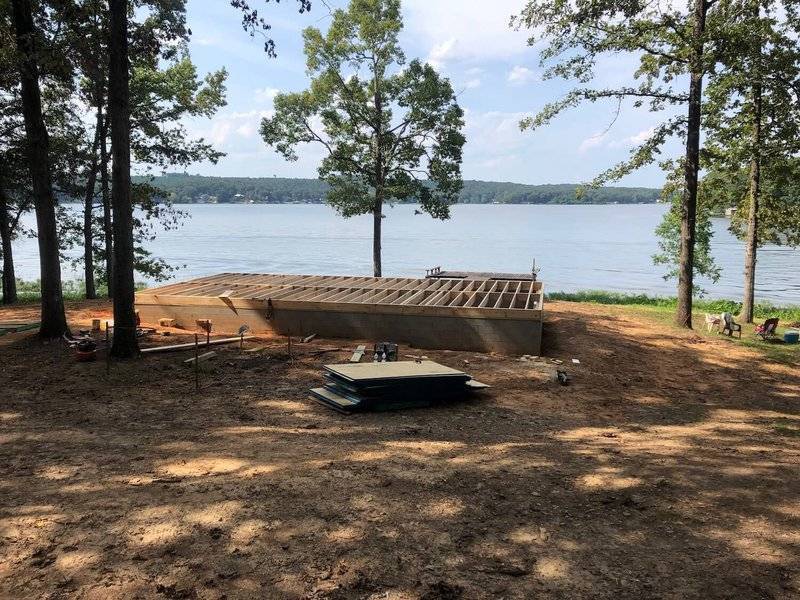
Crawl Space Foundation - $$$ |
|
|---|---|
| Pros | Cons |
|
|
|
Average Cost Nationwide: About $14,500 Cost per square foot: $10-$19 |
|
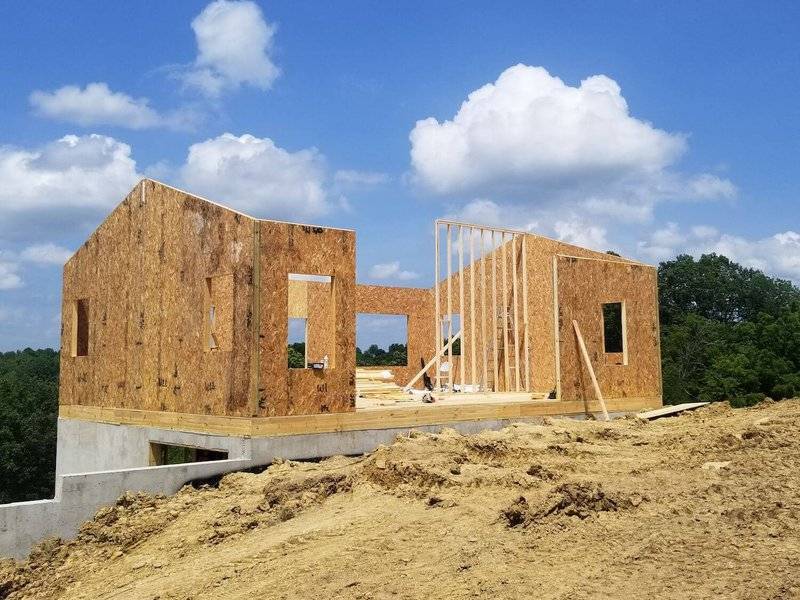
Basement Foundation - $$$$ |
|
|---|---|
| Pros | Cons |
|
|
|
Average Cost Nationwide: About $27,000 Cost per square foot: $17 - $33 |
|
Looking Closer at Kit Home Foundations
House Kits with Full Basement Foundations
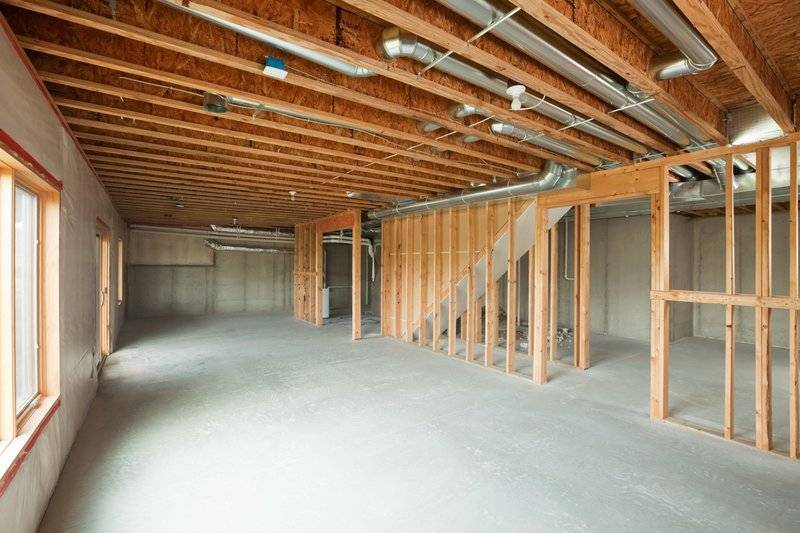
If you want the ability to add more finished living space, or you need extra room for storage, a basement foundation is the way to go. In regions with tornado activity, the basement foundation also offers a place for safety during severe weather. A basement is an excellent choice for a fall-away lot because windows and doors in the lower level make the space comfortable and offer easy access to a backyard. Although basement foundations are usually the most expensive foundation option, they also offer the most return on investment. According to HomeAdvisor, the average cost for a basement foundation is $18 per square foot.
Can I build a basement foundation anywhere?
The short answer is probably. To build a basement in areas with high water tables, poor soil conditions, or on downward slopes, the foundation must include adequate drainage systems and waterproof membranes.
What are the different types of basements?
- Masonry Wall Basements: In this type of basement, the walls are constructed with masonry block units that feature joints where the masonry units connect to each other, which ensures that it is properly reinforced. Walls are waterproofed (not damp proofed) to avoid water seepage. Construction can stay on track with concrete block basement construction because there is no long-curing time. Block walls add cost because the construction requires skilled masonry workers.
- Precast Panel Basements: Concrete panels are manufactured off site then placed with a crane. lifted by crane and put into place. The main benefit of this type of wall over a poured concrete wall is the reduced labor and time it takes to put in place. Most precast panel foundations can be put up in about a sixth of the time needed for poured concrete.
- Poured Concrete Wall Basements: This is the most common type of basement foundation. These foundations are dug at a minimum depth of 8 feet. Concrete is poured into sealed footings. Note this would slow your house kit building project, due to the time needed for curing.
Benefits of a Poured Concrete Basement
- Strength: Poured concrete has a compressive and flexural strength that far exceeds block walls.
- Safety: Poured concrete offers twice as much fire protection as hollow core concrete blocks.
- Design Flexibility: Poured concrete adapts to most home designs, and can be made with a brick or smooth finish.
House Kits with Crawl Space Foundations

If your land has high groundwater, a crawl space foundation is a good choice. Also if you live in a dry climate or are building in an area where soil is compressed and hard to dig, installing a crawl space foundation can be a good option. A crawl space is basically a short basement but generally above ground. Like a basement, a crawlspace should be air sealed, insulated, conditioned and controlled. Local building codes set the requirements. One requirement that could be overlooked is termite-control access, so an inspector can easily evaluate damage in the future.
House Kits with Slab Foundations
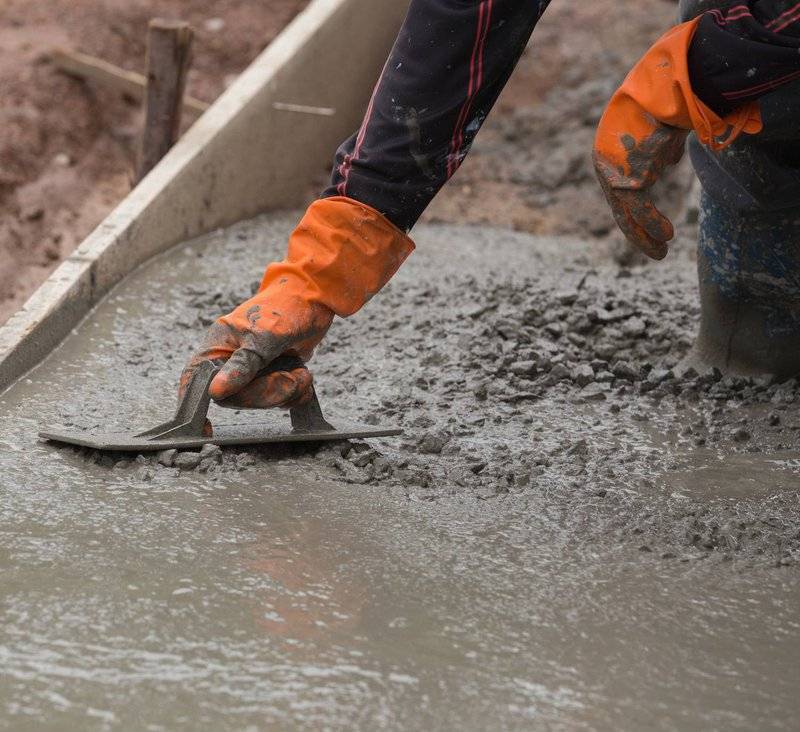
With proper site preparation, a slab foundation can reduce the cost of your home-construction project up to $10,000. Another benefit of a slab foundation, also called a pad, is that the concrete cures faster. This means construction doesn’t have to slow down nearly as much as a poured-concrete basement foundation. Concrete for slab foundations is generally 4”-to-6” thick. For all slab foundations, plumbing must be planned before pouring the pad because the services are embedded in the concrete. The floor plans of your home would indicate the placement of the service lines.
How Climate Affects Slab Foundations
Your land and climate will determine whether a slab foundation would work for your house kit. For areas susceptible to flooding, a slab foundation may not be best, but there are exceptions. A properly built pad includes drainage systems. Building home kits in areas with significant freezing requires deeper footers and other adaptations for slabs because the ground heaving between freezing and thawing can cause cracking.
Common Slab Foundation Types
- Floating Slabs: These pad foundations have no footers or detached footers. The concrete is poured in the frame on top of the ground prepared with gravel for drainage and reinforcement steel mesh and rebar. This foundation is not recommended for cold climates.
- Slab-On-Grade: This foundation includes footers poured with the pad. It is also called monolithic because both the slab and footers are one concrete unit. This foundation is not suitable for areas with long freezing periods.
- T-Shaped: This slab design is engineered especially for areas with ground freezing. Construction involves excavating below the ground freezing line for footers around the perimeter. Foundation walls are framed on the footers and then poured with concrete. The pad is poured on the prepared ground and foundation walls. The slab attaches to the walls with anchor bolts.
House Kits with Pier and Beam Foundations
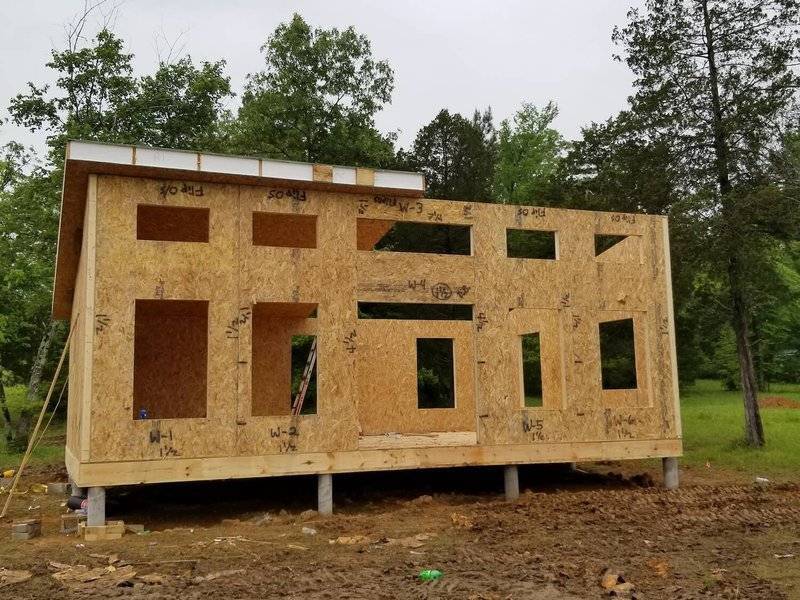
Many homes prior to the mid-1900s were built atop pier and beam foundations, also called post and beam. As slab foundation methods evolved, pier and beam foundations became less common. In this design, vertical piers elevate the home from the ground, leaving a crawl space below. Beams set horizontally across the piers support the structure. Because of the elevation and open space, this foundation protects homes in areas prone to flooding. A pier and beam foundation works well on a regular-shaped, smaller home. But without proper drainage, rainwater and moisture may accumulate in the crawl space of pier and beam foundations, which can lead to mildew and mold. The foundation can also be used for a sloping lot.
Building Kit Home Foundations the Right Way
Whether it’s a basement, slab, crawl-space, or pier-and-beams, choosing the right foundation begins with laying the proper groundwork – literally. Your new kit home’s foundation should be built on solid ground with adequate drainage. And, as the name implies, much of your building project relies on the planning and decisions made before pouring the foundation. Be sure your plans for water and sewage service lines are set to match the floor plans and layouts you’ve discussed with Mighty Small Homes. We can adjust and customize any of our prefab house kits to meet your new home's foundation needs. Planning for the perfect foundation makes assembling your small house kit a much smoother process.